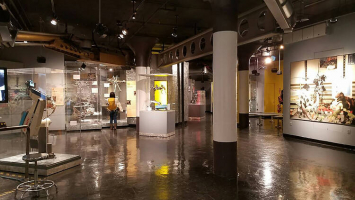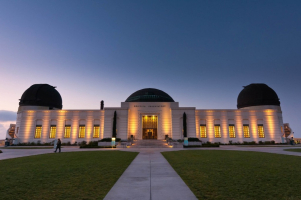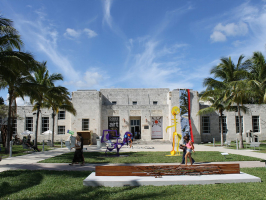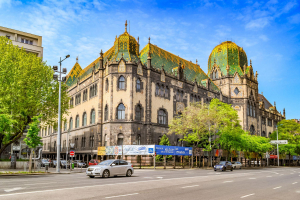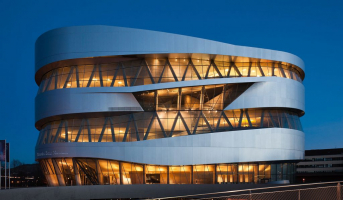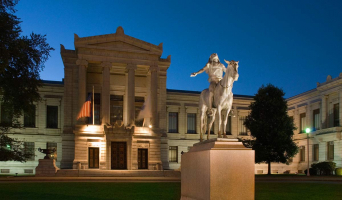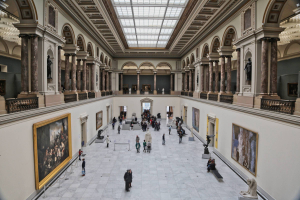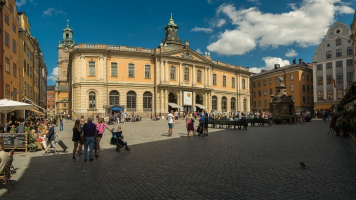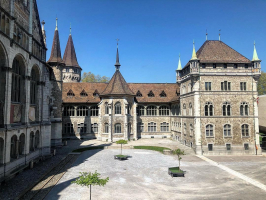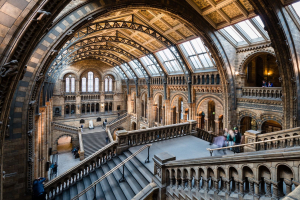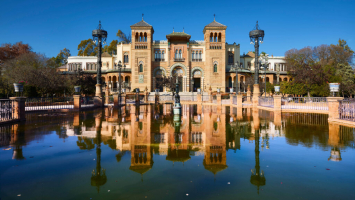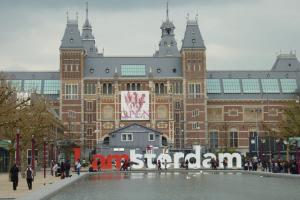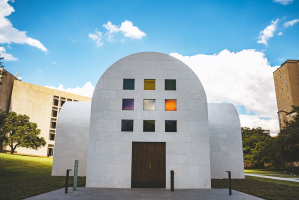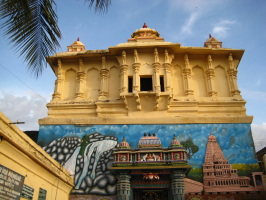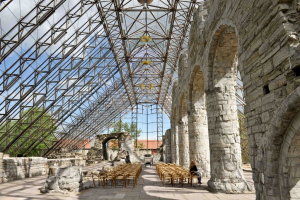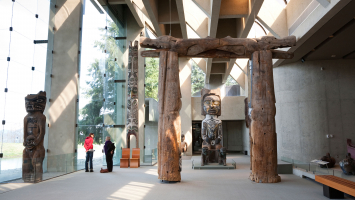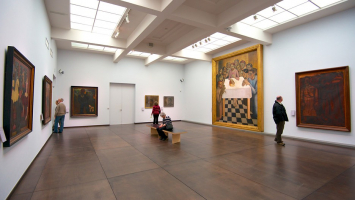Top 5 Best Museums to Visit in Italy
Italy has a wealth of museums displaying art and artifacts from prehistory through modern days. Italy best museum for everyone, whether you're interested in ... read more...archaeology, Renaissance masterpieces, or modern art. The best of these museums are listed below, in order of suggestion.
-
The Museo Egizio (Egyptian Museum), was founded in 1824 and is housed in the austere Palazzo dell'Accademia delle Scienze. It has the most important collection of Egyptian artifacts outside of Cairo. A statue of Ramses II (one of the world's most important pieces of Egyptian art) and a massive papyrus collection are among the museum's numerous highlights. The tomb of royal architect Kha and his wife Merit, which dates from 1400 BC and was discovered in 1906, contains 500 funerary and domestic items.
Both humanoid coffins are immensely touching, but Merit's depiction is one of the most hauntingly beautiful ever seen, done in cartonnage (layers of plaster and linen), gold leaf, and glass inlays. In recent years, a substantial refurbishment was completed, and while the old museum's rambling chambers retained their dusty beauty, the new minimalist spaces nearly doubled the amount of collection available for public viewing. Splicing in factual images and films of the early twentieth-century digs, dramatic lighting, and a well-articulated chronological narrative combine for a fascinating experience. Allow enough time to visit: you might easily spend a half-day here.
Address: Via Accademia delle Scienze, 6, 10123 Torino
Website: museoegizio.it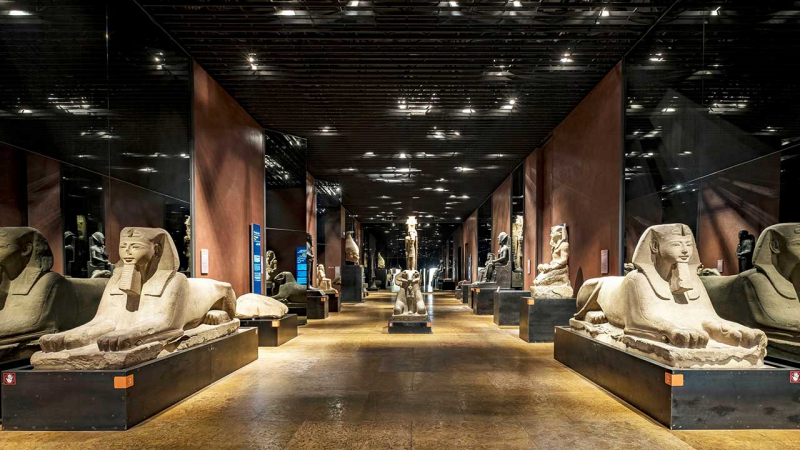
Via: Welcome to Italia 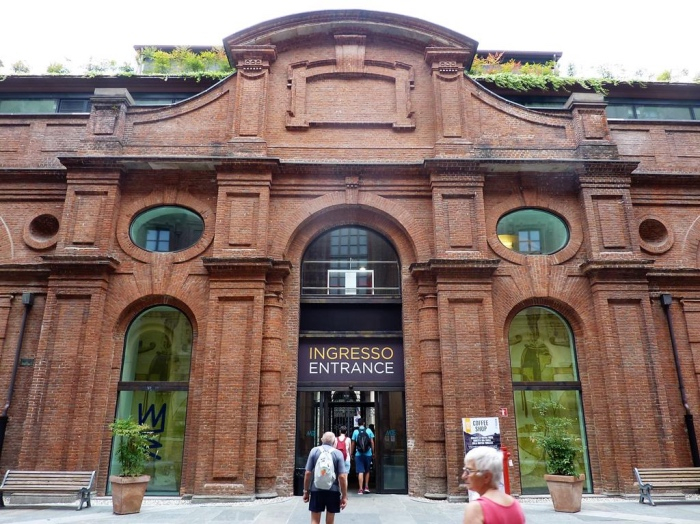
Via: The Art Post Blog -
The San Gennaro Catacombs, the largest in southern Italy, are located beneath one of Naples' most populated and distinctive neighborhoods, and they represent an important part of the city's history: that of San Gennaro, the city's protector saint, whose body was laid to rest in these catacombs, which date back to the 5th century. The catacombs were a pilgrimage site from that time until the end of the ninth century. They were only rediscovered in the 1600s, after being lost for a long time.
The Catacombs of San Gennaro were divided into two levels, one on top of the other. Their initial nucleus dates from the late second to early third centuries. In subsequent centuries, ambulacra, or porticoed passageways, grew outward from their lower entrance. The upper level, which begins with an antique "upper vestibule", is notable for its end-of-the-century murals and the little cripta dei vescovi or Bishops' Crypt (near Gennaro's grave) where Naples' first bishops are buried. Meanwhile, the magnificent "basilica maior" is the result of extensive alterations to surrounding rooms, which were completed when San Gennaro was transferred in the fifth century. The basilica maior, built completely of tuff rock, has three naves and a collection of frescoes from the fifth and sixth centuries. Today, access to the catacombs is possible from the piazza hosting the Basilica dell'Incoronata Madre del Buonconsiglio in Capodimonte, and from the Basilica di San Gennaro extra moenia (outside the walls).
Address: Via Tondo di Capodimonte, 1380136 Naples
Website: catacombedinapoli.it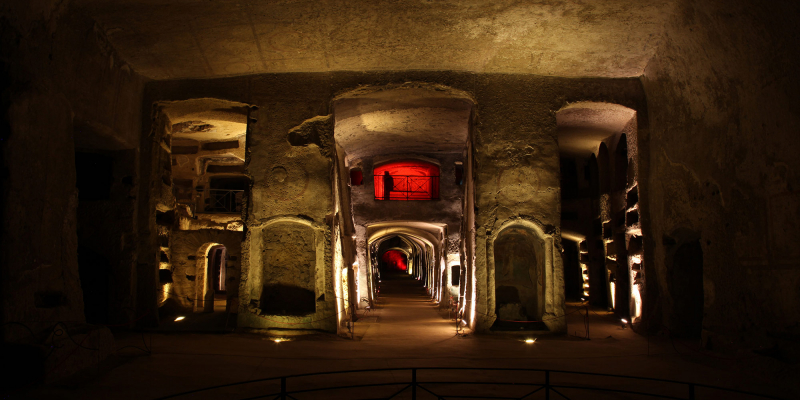
Via: Catacombe di Napoli 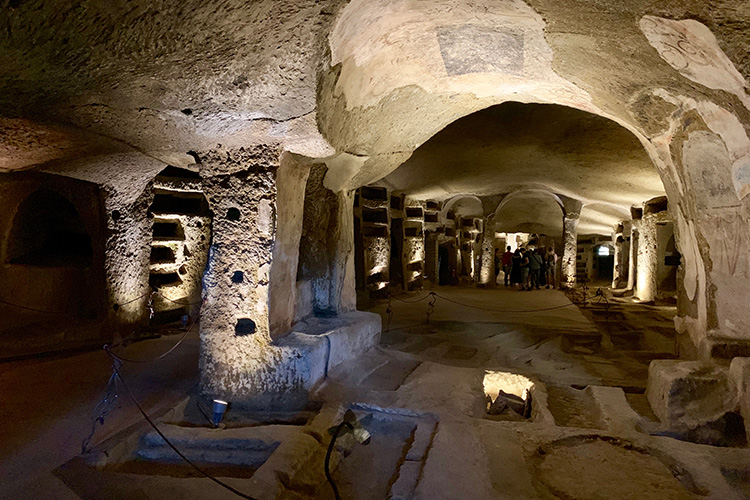
Via: History Hit -
The Peggy Guggenheim Collection is a modern art museum in Venice, Italy, located on the Grand Canal in the Dorsoduro sestiere. It is one of Venice's most popular attractions. The collection is kept at the Palazzo Venier dei Leoni, an 18th-century castle that once belonged to American heiress Peggy Guggenheim. In 1951, she began showing her own collection of modern art to the public on a seasonal basis. It transferred to the Solomon R. Guggenheim Foundation after her death in 1979, which opened the collection year-round in 1980.
The collection comprises works by well-known Italian futurists and American modernists who worked in genres such as Cubism, Surrealism, and abstract expressionism. Sculptural pieces are also included. Karole Vail, Peggy Guggenheim's granddaughter, was named Director of the Collection in 2017, following Philip Rylands, who had managed the museum for 37 years.
Address: Palazzo Venier dei Leoni, Dorsoduro 701, I-30123 Venice
Website: guggenheim-venice.it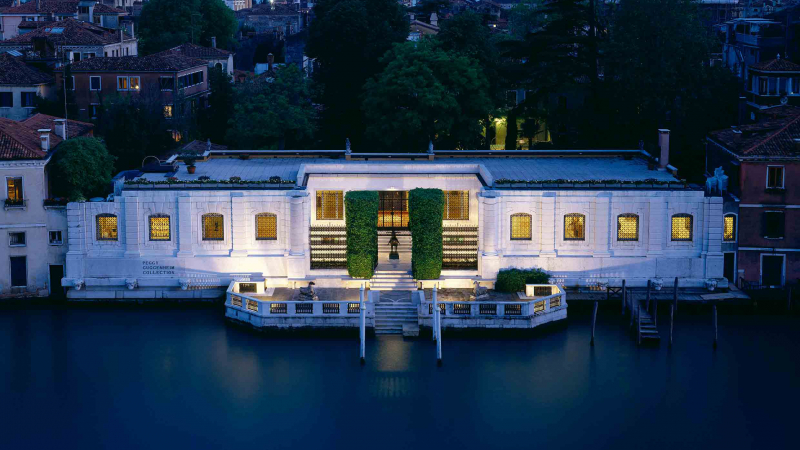
Via: Guggenheim Museum 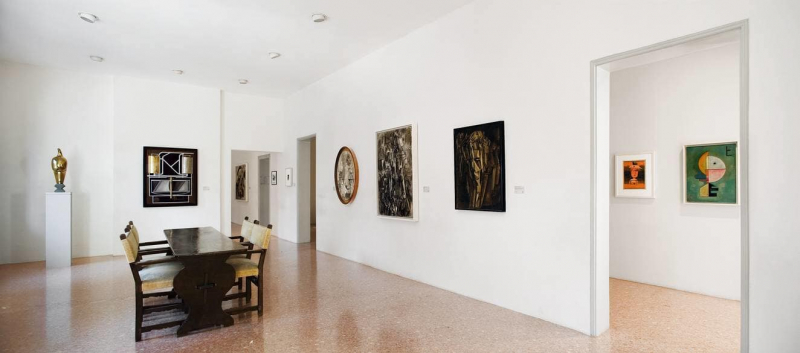
Via: Venice Style Life magazine -
The Uffizi Gallery is one of the most well-known museums in the world, thanks to its extensive collection of unique artworks and masterpieces, the bulk of which date from the Renaissance period. The Medici left the majority of the collections to the state of Tuscany in order for them to “adorn the State, be of utility to the Public and attract the curiosity of Foreigners”.
The Uffizi Gallery, located in the heart of Florence, houses works by notable Italian artists such as Botticelli, Giotto, Cimabue, Michelangelo, Leonardo da Vinci, and Raffaello, to mention a few. Its extensive collection includes works from all centuries, but the majority of the date from the 12th to the 17th century. The Uffizi Gallery, which attracts over a million tourists each year, is a must-see for everyone visiting Florence and Tuscany. The Uffizi, together with the Vatican Museums in Rome, are the top two most visited museums in Italy, with huge lineups at the museum's entry almost as famous as its masterpieces.
Address: Piazzale degli Uffizi 6, 50122 Florence
Website: www.uffizi.it/gli-uffizi
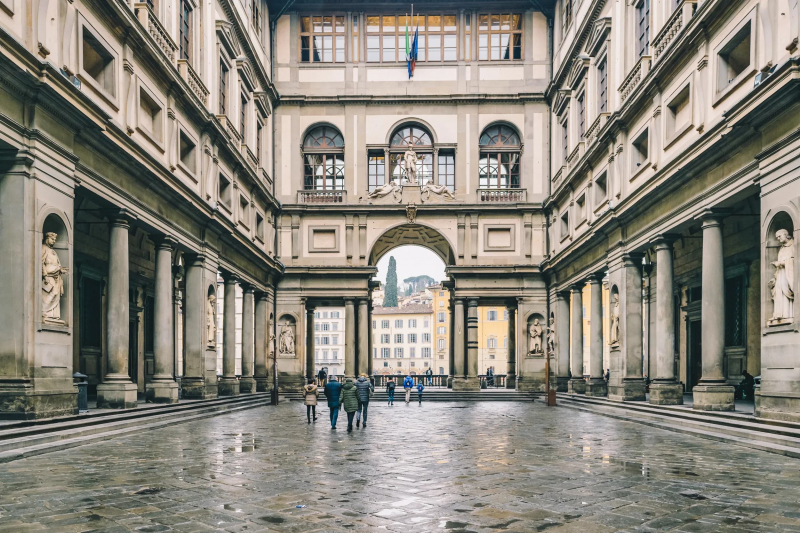
Via: Conde Nast Traveler 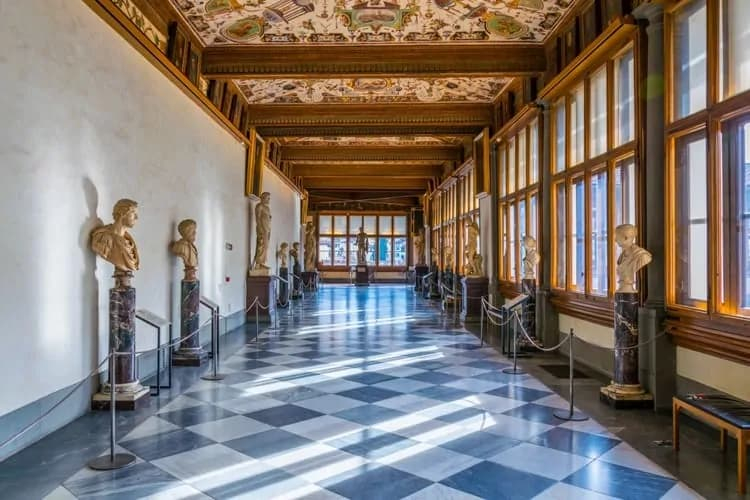
Via: Christine Abroad -
Museo di Santa Giulia is Brescia's primary museum, located along the ancient Roman decumano of the Roman Brixia on route dei Musei 81/b. Its interior is dominated by the monastery of San Salvatore-Santa Giulia, which was founded by King Desiderio of the Longobards and has been expanded and modified several times during its history.
Desiderius, the last king of the Lombards, and his wife Ansa constructed the San Salvatore-Santa Giulia Monastery in Brescia in the mid-8th century AD. It was a Benedictine convent that attracted widows, sisters, and daughters of powerful people and collected substantial fortunes. Over the centuries the monastery was embellished with new buildings, frescoes, reliefs, and furnishings, some of which were lost after Napoleon’s suppression of monastic orders at the end of the 18th century.
The area beneath the Museum is rich in archaeological artifacts from various times, the majority of which date from the Roman era and are well preserved, such as the Domus dell'Ortaglia. The museum contains all of the historic monastery's structures, including the church of Santa Maria in Solario, the nuns' choir, and the church of Santa Giulia. Thousands of artifacts and works of art from the Bronze Age to the nineteenth century are kept at the museum, mostly from the city context and the province of Brescia, making it a true city museum with a primary focus on the history of Brescia and its territory.
Address: Via Musei, 55 25121 Brescia, Lombardy
Website: bresciamusei.com/santa-giulia-museum/
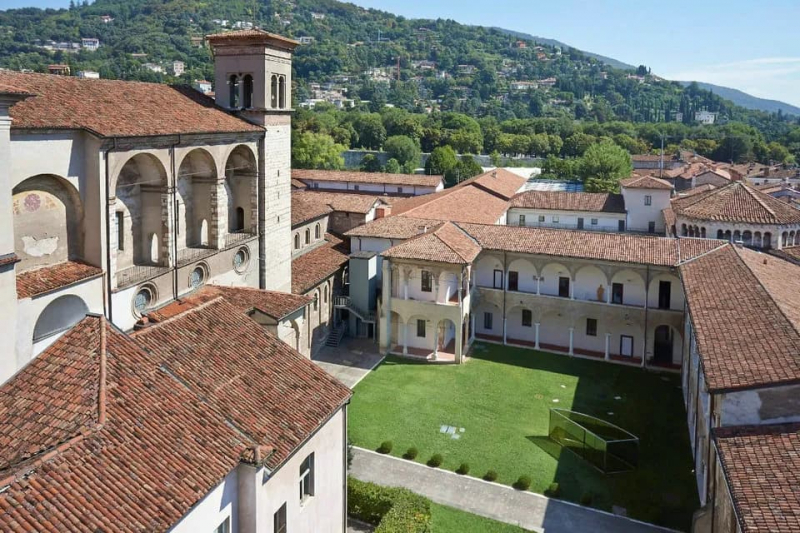
Via: HiSoUR 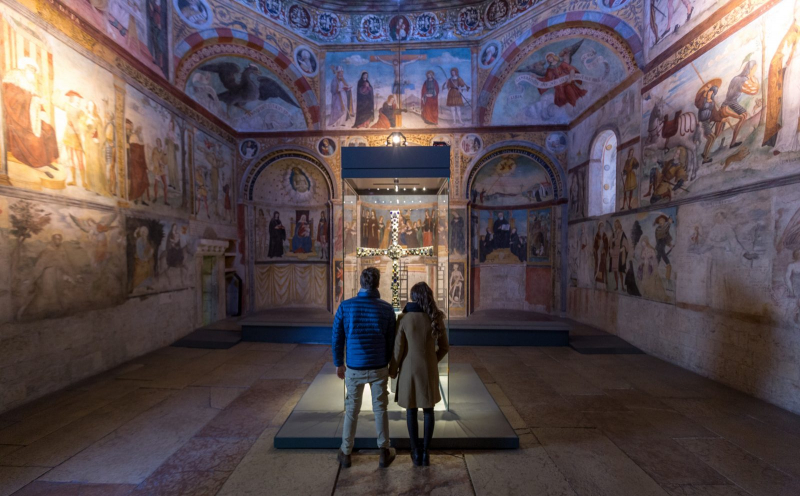
Via: Bresciatourism







